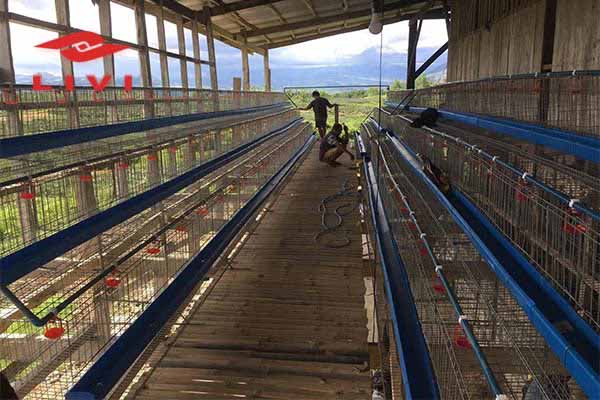Automated Chicken House Design in Tanzania: A Strategic Approach to Poultry Farming
Introduction to Automated Chicken House Design
In Tanzania, the poultry industry is rapidly growing, and with it, the need for efficient and modern farming practices. An automated chicken house design is a crucial factor in achieving high yields and sustainable operations. This article explores the key elements of automated chicken house design, tailored to the Tanzanian market.
Key Design Considerations for Tanzania’s Climate
The design of an automated chicken house must consider the climate of Tanzania, which varies significantly across the country. The following are essential factors to ensure optimal conditions for poultry:
- Insulation: Proper insulation is vital to maintain a consistent temperature year-round. Insulation materials should be resistant to moisture and high temperatures.
- Ventilation: Sufficient ventilation is necessary to control humidity and gas levels, ensuring a healthy environment for the chickens.
- Sunlight: Natural sunlight can contribute to egg production and overall chicken health, but the design should protect the house from excessive UV rays.
- Water Management: An automated system for waste management and water recycling is essential for sustainability and to minimize the environmental impact.
Technology Integration for Efficiency
Incorporating advanced technology in the design can greatly enhance efficiency and profitability. Some of the key technological features to consider are:
- Automated Feeding Systems: These systems can accurately control feed intake, reducing waste and optimizing growth rates.
- Environmental Control Units: These units maintain optimal temperature, humidity, and air quality, creating a healthy environment for the chickens.
- Water Filtration and Supply Systems: Ensuring a clean water supply is essential for the health of the chickens and for cost-effectiveness.
- Security Systems: Automated security systems protect against predators and intruders, maintaining the safety of the chickens and the farm.
Cost-Benefit Analysis
According to recent studies, automated chicken houses can significantly increase production yields and reduce costs in the long run. While the initial investment may be higher than traditional setups, the long-term savings in labor, feed, and energy make it a viable option for poultry farmers in Tanzania.
Conclusion
An automated chicken house design in Tanzania requires careful consideration of the local climate, efficient technology integration, and cost-effective solutions. By focusing on these key factors, poultry farmers can improve their operations and contribute to the growth of the industry.
Contact Us for Your Free Automated Chicken House Design and Equipment Quotation
If you are a poultry farmer or an investor interested in automating your chicken house in Tanzania, contact us today for a free, detailed design and equipment quotation. Our experts at LIVI Mechanical are ready to assist you in creating a sustainable and profitable farming operation.


